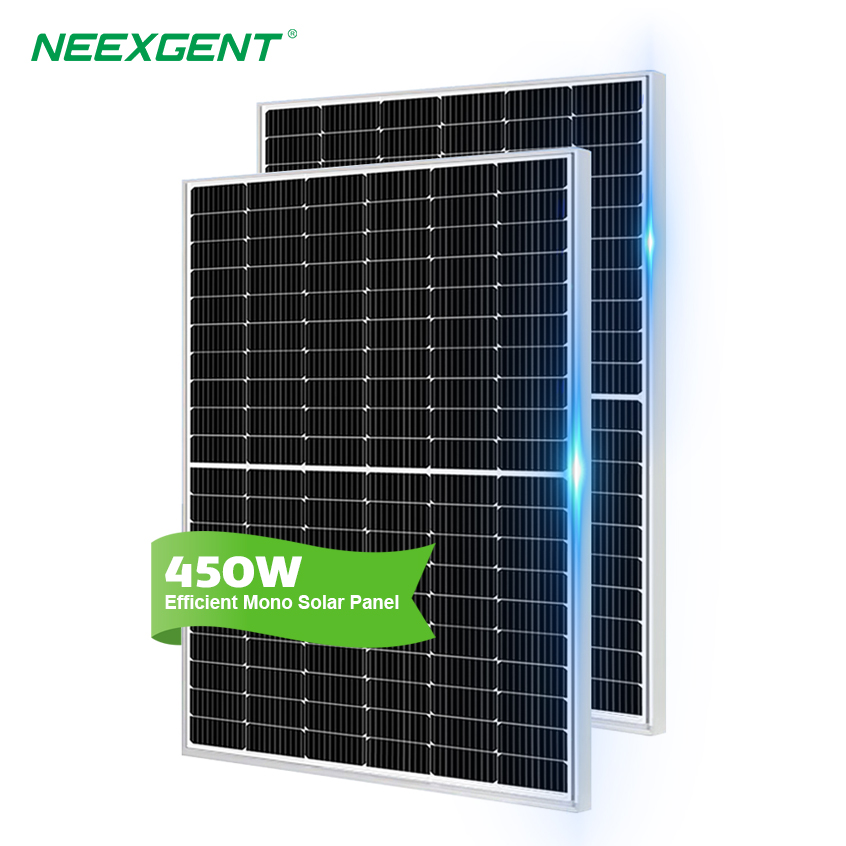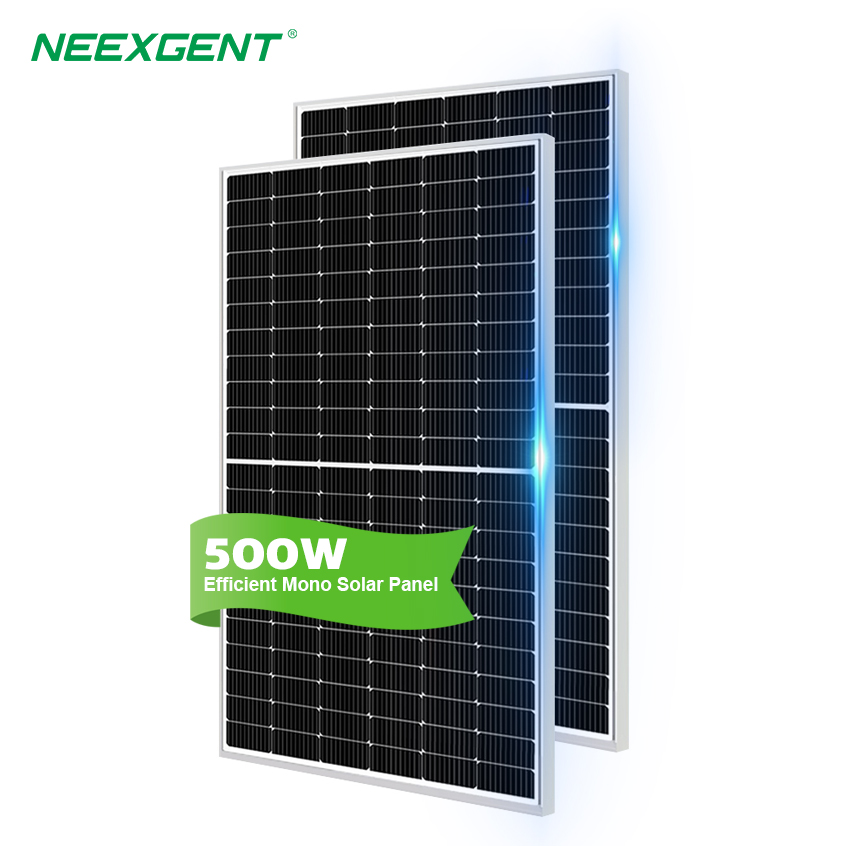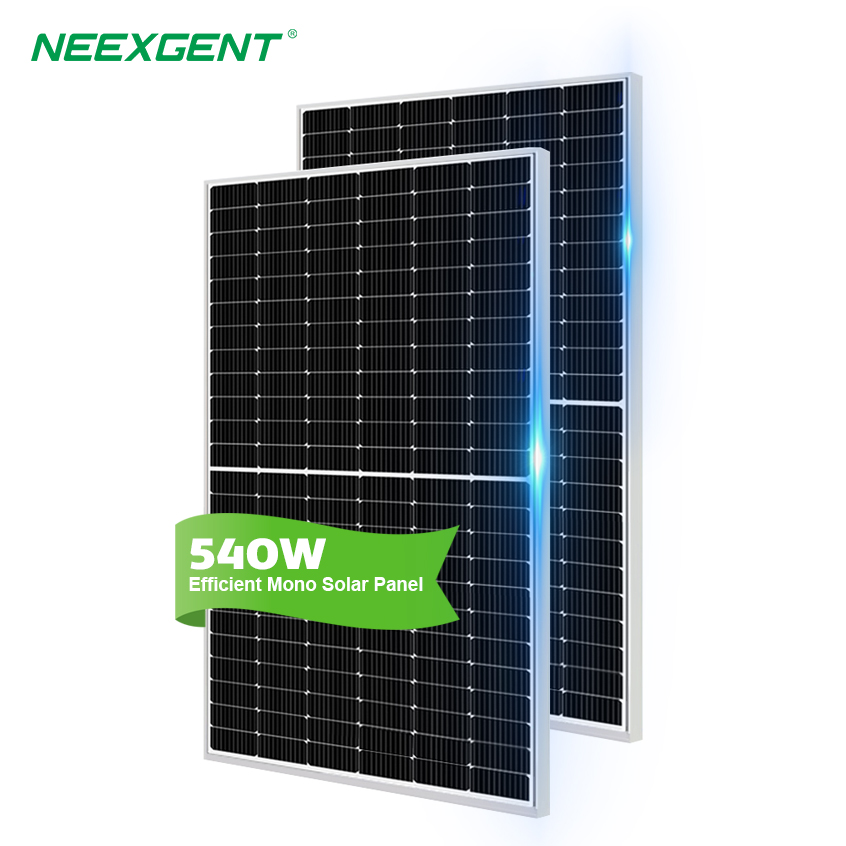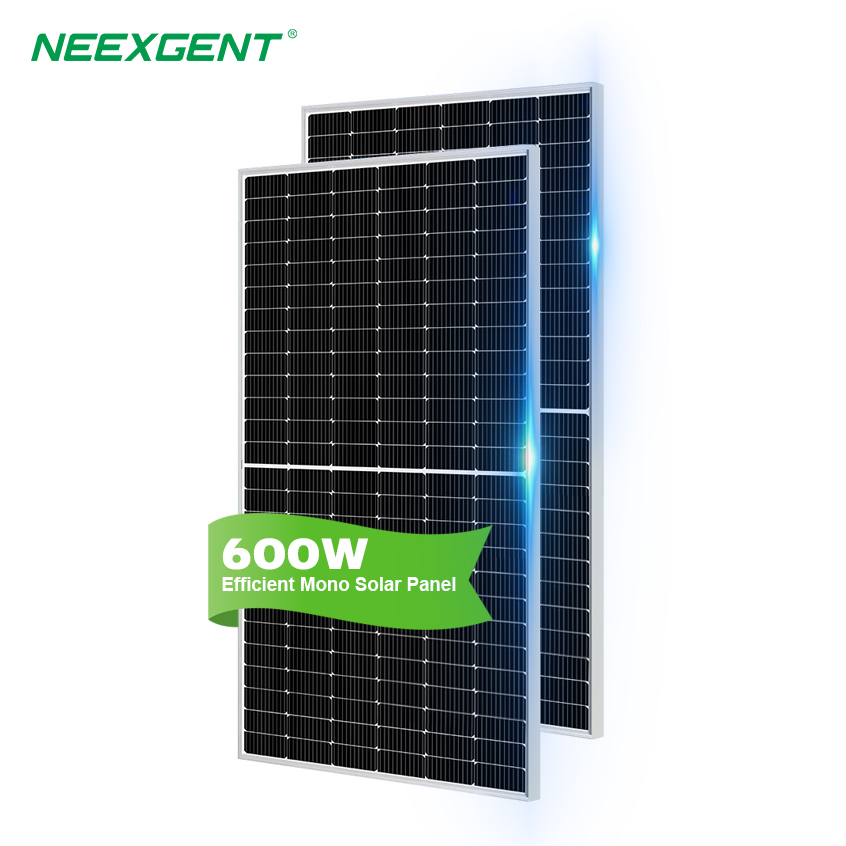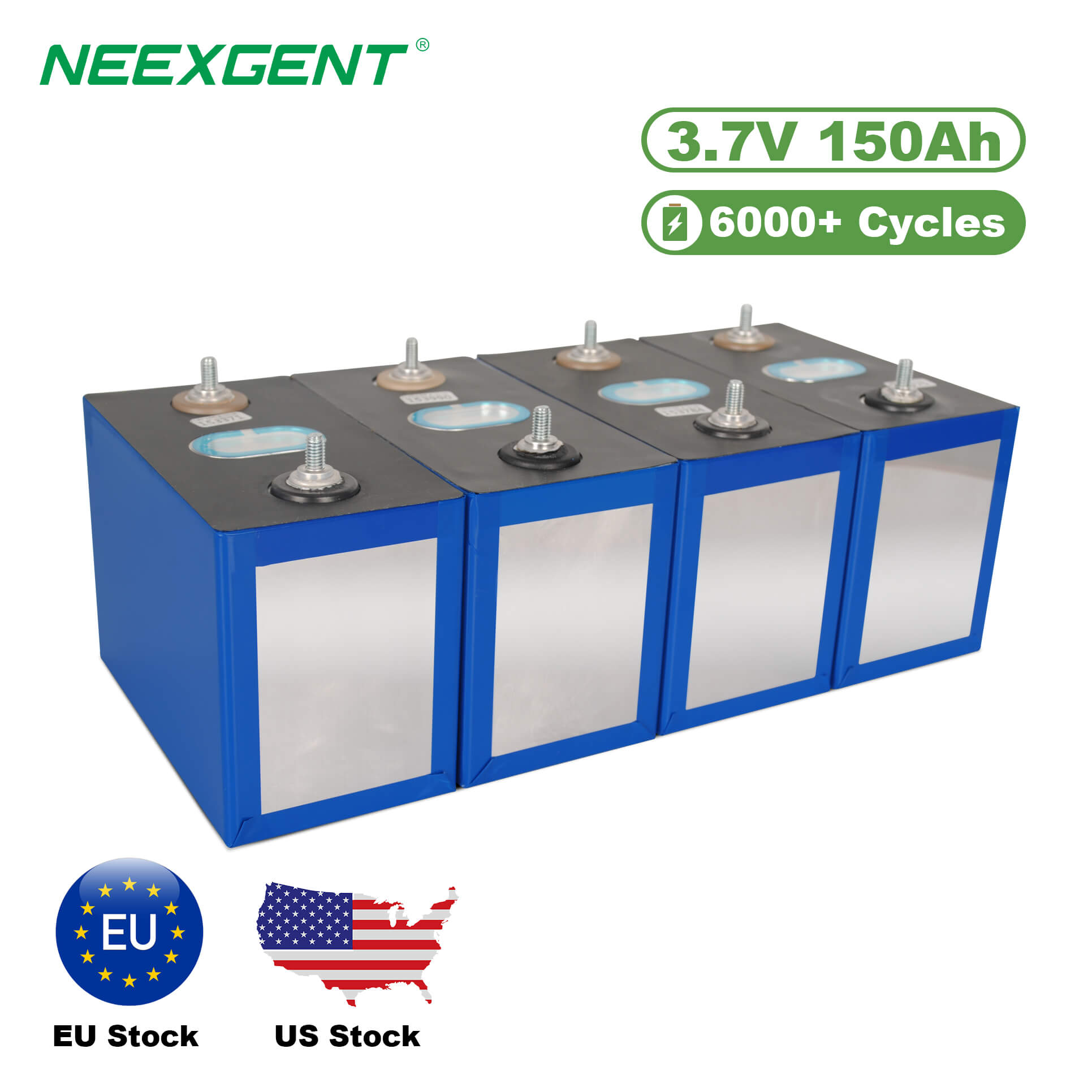Contents:
1. Chemical Composition and Structure
2. Safety
3. Lifespan and Cycle Durability
4. Energy Density (Weight and Size)
5. Temperature Performance
6. Cost and Availability
7. Environmental and Ethical Impact
8. Use Cases
Conclusion
FAQs
As energy storage technology continues to evolve, lithium-based batteries have become the cornerstone of modern power systems. Among the various chemistries, two stand out for their widespread use and growing popularity: LiFePO4 (Lithium Iron Phosphate) and conventional lithium-ion batteries, which often refer to chemistries such as Lithium Cobalt Oxide (LiCoO2), Lithium Nickel Manganese Cobalt Oxide (NMC), or Lithium Nickel Cobalt Aluminum Oxide (NCA).
Although both LiFePO4 and other lithium-ion batteries belong to the same broader family, they differ significantly in key areas such as performance, safety, longevity, energy density, and cost. This article offers a deep dive into these differences to help you make informed decisions based on your specific needs—whether for electric vehicles, solar storage, marine systems, or portable electronics.
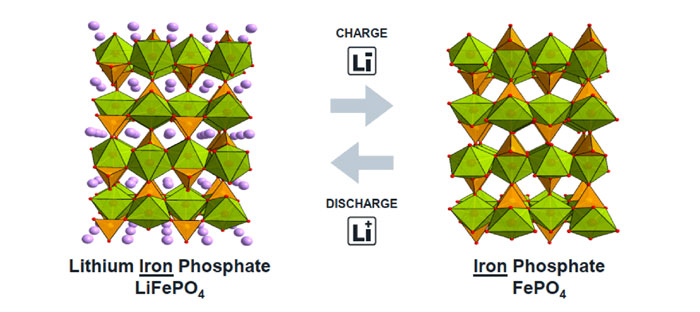
1. Chemical Composition and Structure
-
LiFePO4: This battery uses lithium iron phosphate as the cathode material and a graphite carbon electrode with a metallic backing as the anode. Its olivine crystal structure is very stable, which contributes to its thermal stability and long life.
-
Other Lithium-Ion Batteries (e.g., NMC, NCA, LCO): These use metal oxides like cobalt, nickel, or manganese in their cathodes. They generally have a higher energy density but lower thermal and chemical stability compared to LiFePO4.

2. Safety
-
LiFePO4: One of the safest lithium battery chemistries. It is highly stable thermally and chemically, with a much lower risk of thermal runaway, fire, or explosion. This makes it ideal for applications where safety is critical, such as home energy storage, medical devices, and RVs.
-
Lithium-Ion (NMC/NCA/LCO): While generally safe, these chemistries are more prone to overheating, especially when overcharged or physically damaged. The higher energy density comes with a higher risk factor.
Winner: LiFePO4, for its superior safety profile.
3. Lifespan and Cycle Durability
-
LiFePO4: Typically offers 2,000 to 5,000 charge cycles, and even more under optimal conditions. That equates to up to 10 years of regular use. Capacity retention is also better over time.
-
Lithium-Ion: Most lithium-ion chemistries offer 500 to 1,500 charge cycles. While newer versions like NMC are improving, they still lag behind LiFePO4 in long-term durability.
Winner: LiFePO4, especially for long-term investments and off-grid systems.
4. Energy Density (Weight and Size)
-
LiFePO4: Has an energy density of around 90–120 Wh/kg, making it bulkier and heavier compared to other lithium-ion batteries.
-
Lithium-Ion (e.g., NMC/NCA): Offers a much higher energy density—150–250 Wh/kg—which is why they’re commonly used in electric vehicles and consumer electronics where space and weight are premium concerns.
Winner: Lithium-Ion, for compact and high-energy applications.
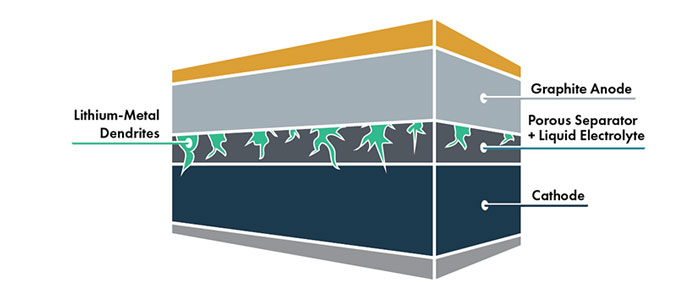
5. Temperature Performance
-
LiFePO4: Performs well in high temperatures and doesn’t degrade as quickly when exposed to heat. However, it may underperform in very cold environments (below 0°C).
-
Lithium-Ion: NMC and NCA chemistries generally perform better in cold weather compared to LiFePO4, but they degrade more rapidly under high-heat conditions.
Winner: Tie, depending on the operating temperature range. LiFePO4 is better for heat; NMC/NCA is better for cold.
6. Cost and Availability
-
LiFePO4: Initially more expensive than some lithium-ion chemistries, but the price gap is narrowing. Considering its longer lifespan, the cost per cycle is actually lower.
-
Lithium-Ion: Lower upfront costs and higher energy density make them cost-effective for short-term or space-constrained use. However, shorter lifespan increases long-term costs.
Winner: LiFePO4, for long-term value and reliability.
7. Environmental and Ethical Impact
-
LiFePO4: Contains no cobalt or nickel, both of which have significant environmental and ethical concerns, particularly regarding mining practices. LiFePO4 is considered one of the more eco-friendly lithium battery chemistries.
-
Lithium-Ion (NMC/NCA/LCO): Often relies heavily on cobalt and nickel, which are linked to serious environmental damage and human rights issues in mining regions.
Winner: LiFePO4, for sustainability and ethical sourcing.
8. Use Cases
| Application |
Preferred Chemistry |
Reason |
| Electric Vehicles |
Lithium-Ion (NMC/NCA) |
High energy density for long driving range |
| Solar Storage |
LiFePO4 |
Long cycle life and high safety |
| Marine/RV Systems |
LiFePO4 |
Stability and deep-cycle reliability |
| Smartphones |
Lithium-Ion (LCO/NMC) |
Compact size and high energy density |
| Grid Storage |
LiFePO4 |
Low maintenance, stable over many cycles |
| Drones/Power Tools |
Lithium-Ion (NMC/NCA) |
Lightweight, powerful |
Conclusion
The choice between LiFePO4 and other lithium-ion batteries largely depends on your specific priorities:
-
If you value safety, longevity, environmental responsibility, and don’t mind a bit more weight or size, LiFePO4 is the better choice.
-
If you need high energy density, compact form factors, and lower upfront costs, then traditional lithium-ion chemistries like NMC or NCA might be more suitable.
As battery technology advances and manufacturing scales, the differences in cost and performance will likely continue to shrink. But for now, LiFePO4 represents a robust, stable, and increasingly popular alternative for a wide range of applications.
FAQs
1. Can LiFePO4 batteries be used as a drop-in replacement for lead-acid batteries?
Yes, LiFePO4 batteries are often designed as drop-in replacements for lead-acid batteries, especially in 12V systems, making them ideal for RVs, boats, and solar storage upgrades.
2. Do LiFePO4 batteries require a special charger?
While some standard lithium-ion chargers may work, it is best to use a charger specifically designed for LiFePO4 to ensure proper voltage, charging profiles, and safety.
3. Are LiFePO4 batteries affected by memory effect?
No, LiFePO4 batteries do not suffer from the memory effect, which means they can be partially charged or discharged without reducing overall capacity.
4. How does self-discharge rate compare between LiFePO4 and lithium-ion batteries?
LiFePO4 batteries have a very low self-discharge rate—typically less than 3% per month—making them excellent for standby or seasonal applications.
5. Are LiFePO4 batteries safe for indoor installation?
Yes, due to their thermal stability and lack of volatile chemicals, LiFePO4 batteries are considered very safe for indoor environments such as homes and offices.

